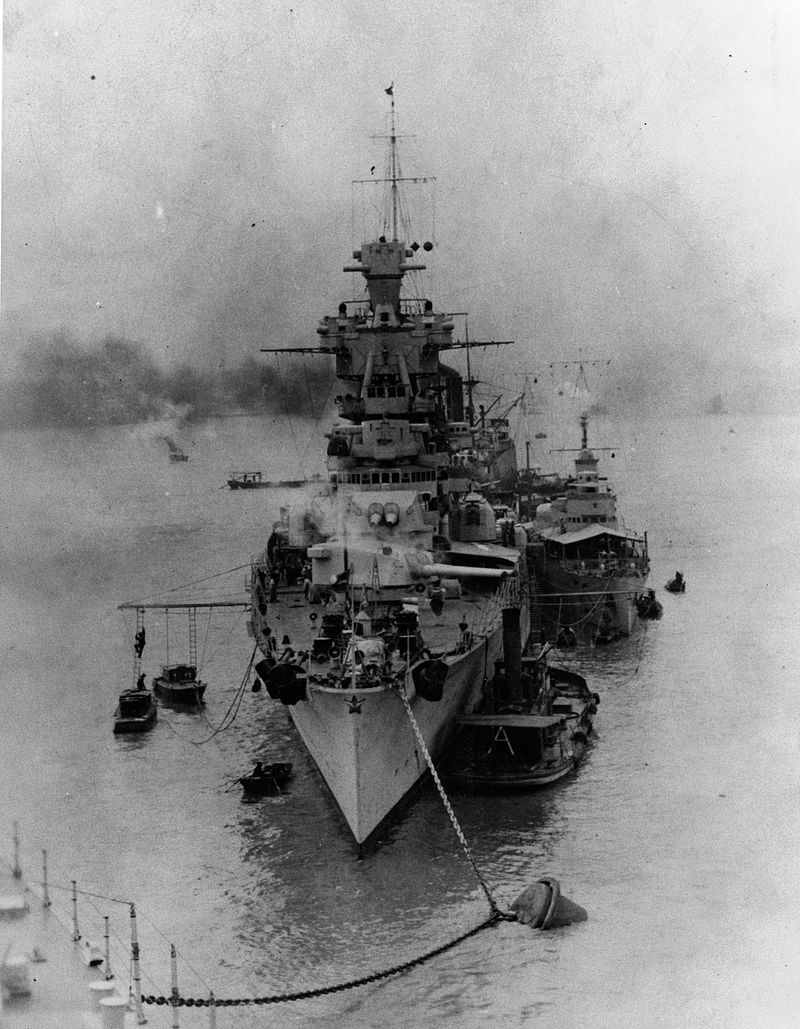Once the Washington Treaty came along the chances of any smaller cruisers than 10,000 tons being built were astronomically small, none of the major powers wanted to be left behind. Everybody built to the maximum tonnage and even with bending and twisting their slide rules, no country was happy with the results. Italy was no worse than the other countries. What Italy had over the other major powers was no need of long range. A range of half the other countries was sufficient for Italy.

So what was wrong with the design? The aircraft handling facilities. The fixed torpedo tubes in the hull. The very narrow gap between guns in the main turrets. The lack of AA directors. Very few AA cannons. The last two were as much the time it was completed as a design fault. They would be fixed over time.
The aircraft handling facilities were slow and cumbersome. The ship would have to slow right down so that the crane could be assembled, the aircraft raised, the front jackstaff collapsed, slow, slow, slow. The point and shoot capability of the catapult system was far superior, and it always surprised me that the Italians persisted with the bow catapult system through the Zara and Bolzano classes as well. The torpedoes were a fairly easy fix, take out the fixed mounts and fit a couple of three or four tube trainable mounts around the hangar area that needs to be created for the aircraft.

A dramatic view of how narrow the turrets and the guns themselves are. Even with semi-automatic loading there is going to be interference between the guns, which will be slower firing than their competitors in other navies. The US had this sort of mounting in their Salt Lake City class twins and triples, and must have realised the problem because the next classes had much wider dispersion of the guns in the turrets.
Probably the best part of the design, when the ships were completed, was the sixteen gun heavy anti-aircraft battery. Eventually this was slowly removed as the lighter 37mm battery was increased. This swap out also helped with the stability of the ship. Over the next five years some of the ships problems were fixed, the funnels were capped to stop smoke interference, the original 2pdr AA guns were replaced with 37mm, better gun control equipment being fitted. In real life all of these changes were fitted into a third ship of the class 'Bolzano' which was different enough to be called a class of its own.

I will alter the Bolzano drawing to have the enhancements that I want to make to the class of three. New main turrets to disperse the guns better, hangar for the aircraft, catapult, new layout for 3.9", new settings for ships boats, new funnel caps, new torpedo mountings, new most things. Lets see how it comes out.
That gives a completely different feel to the ship. The torpedoes fitted under the aircraft handling deck. At that stage of their careers, I should probably have had another large ships boat, which I could probably have fitted where the forward bank of torpedoes are, reduce the torpedoes to two triple mountings rather than four twins.
